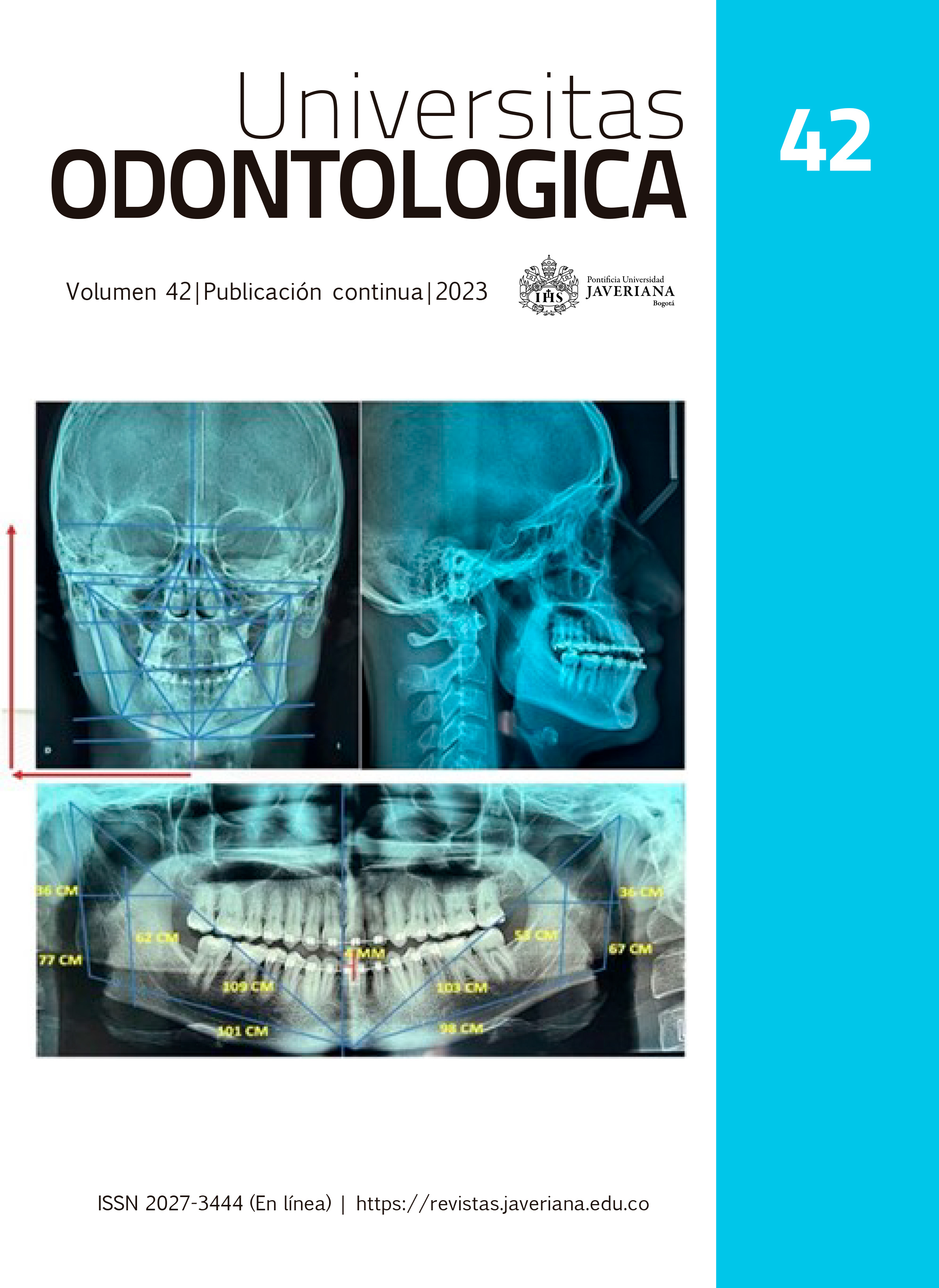Resumen
Background: Temporomandibular joint disorder is a complex disease requiring multimodal treatment and often a delayed diagnosis.
Purpose: The primary objective of this study is to evaluate the feasibility of simultaneously recording joint sounds while obtaining 3-tesla cine-magnetic resonance imaging (3T cine-MRI) of the temporomandibular joint (TMJ). A secondary objective pertains to optimization of a dynamic TMJ imaging protocol to maximize image quality and speed while maintaining synchronicity.
Methods: Investigators enrolled four subjects (August 2018 to August 2019) eliciting audible joint sounds during continuous open-close jaw movements during clinical evaluation at the New York University College of Dentistry. A contact fiber-optic microphone (OptiRhythm 4130, Optoacoustics, Yehuda Israel) was utilized to record joint sounds elicited with functional movements during MR dynamic imaging at NYU Langone Health and all data was recorded appropriately.
Results: Results of this feasibility study demonstrate the successful integration of audio and 3-Tesla MR imaging for the TMJ in all subjects. This protocol was shown to be well-tolerated by the subjects. A precise correlation of the movement of TMJ structures within cine-MRI images and with audible observations was achieved and assessed by an experienced oral and maxillofacial surgeon and an experienced radiologist.
Conclusion: This protocol for simultaneous audio/cine-MRI is a viable tool for studying TMJ health and disease. In future studies, we anticipate this protocol will ultimately refine our understanding of TMJ sounds and their relation to anatomy, physiology, and pathology. In addition, we hope to establish a diagnostic aid to more precisely guide surgical and non-surgical decision-making.

Esta obra está bajo una licencia internacional Creative Commons Atribución 4.0.
Derechos de autor 2024 Yoav Nudell, Juliana Gomez, Elizabeth F. Vaynblat, Mari Hagiwara, Robert S. Glickman


